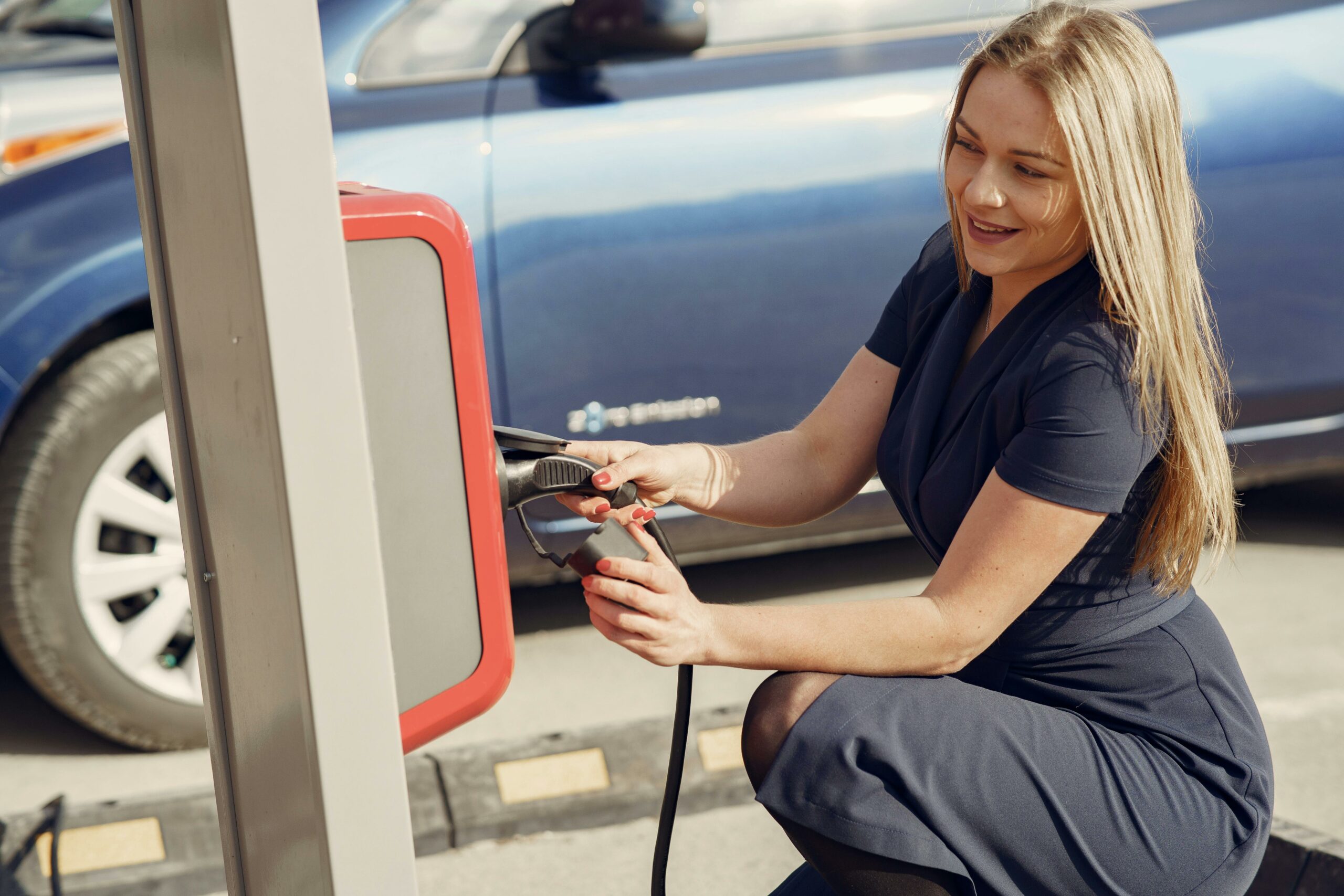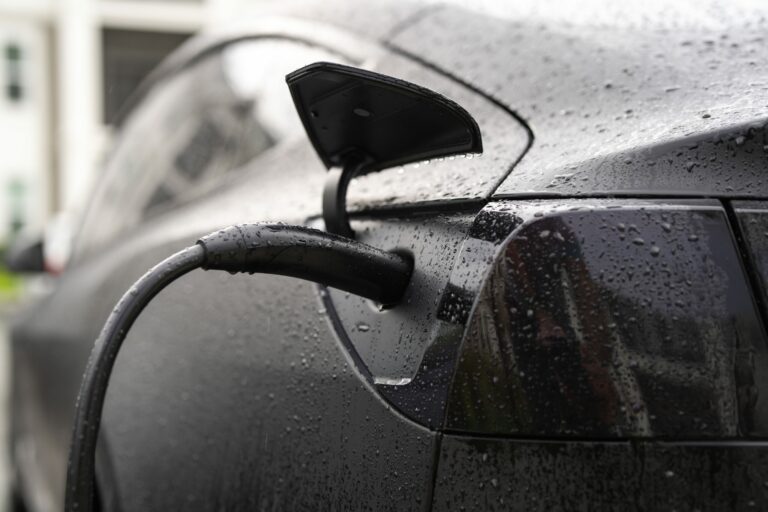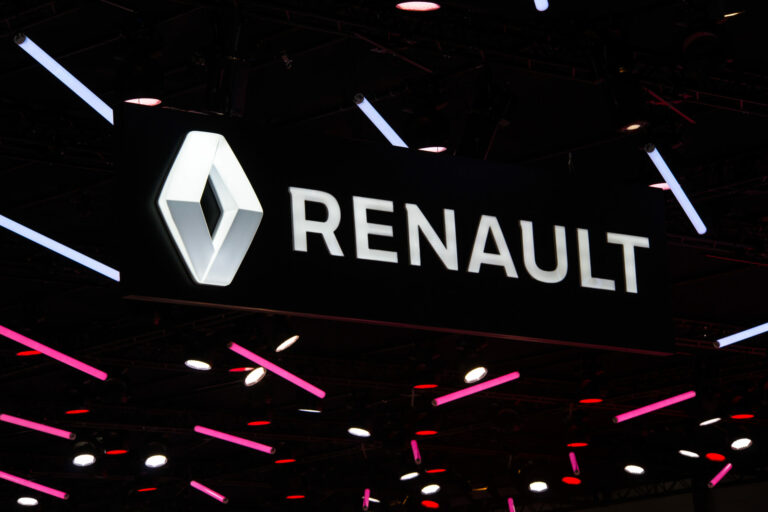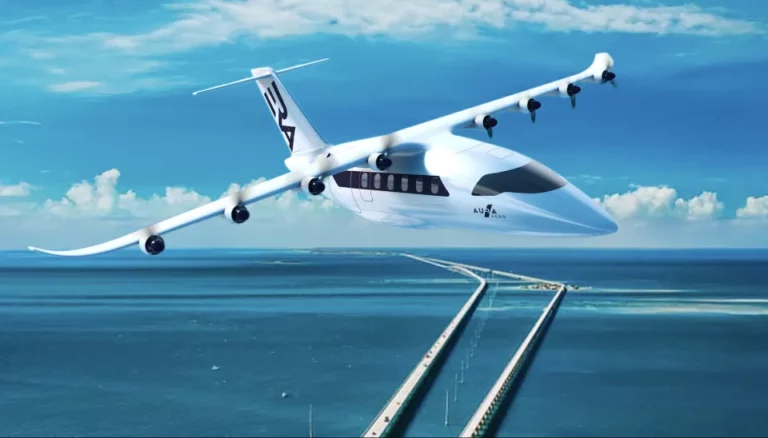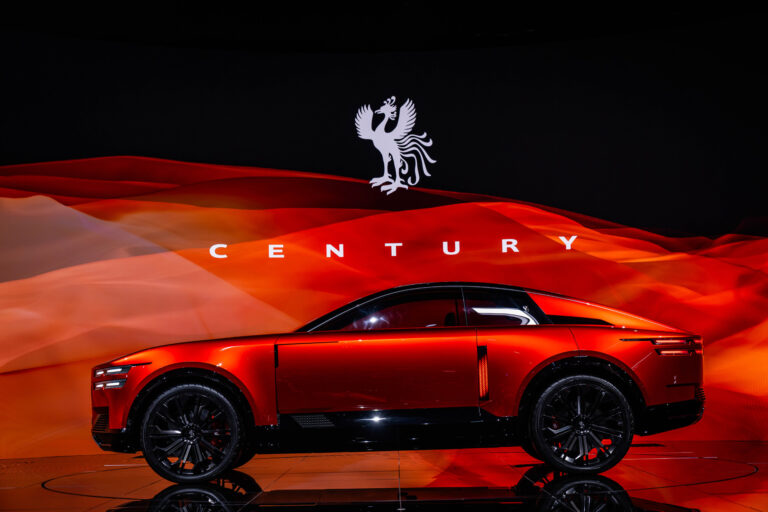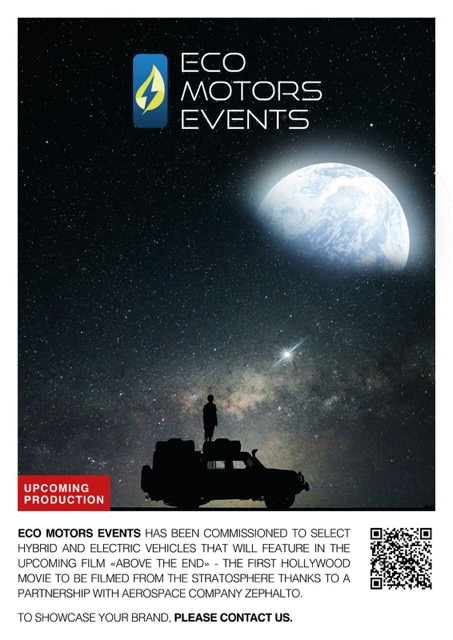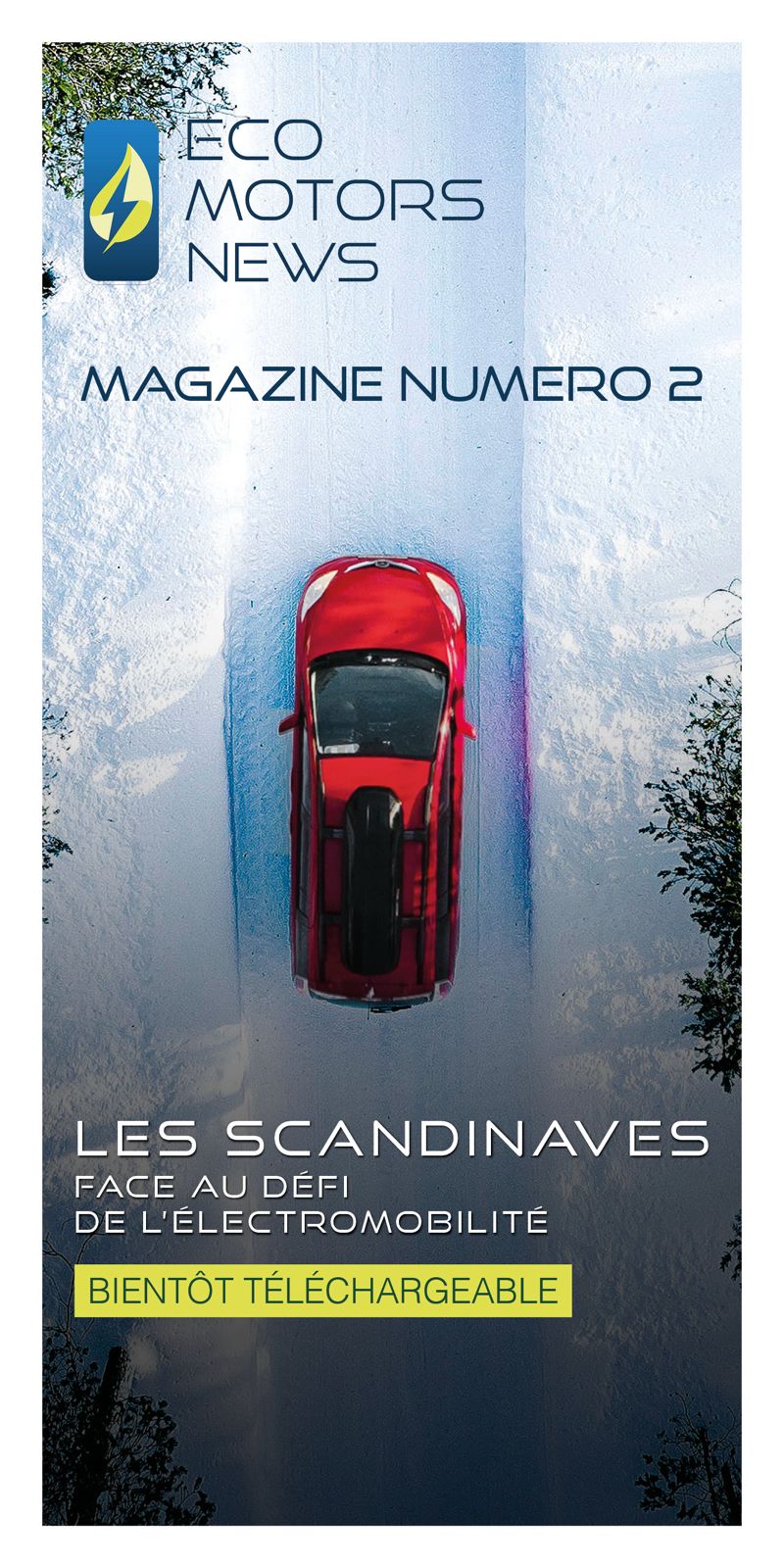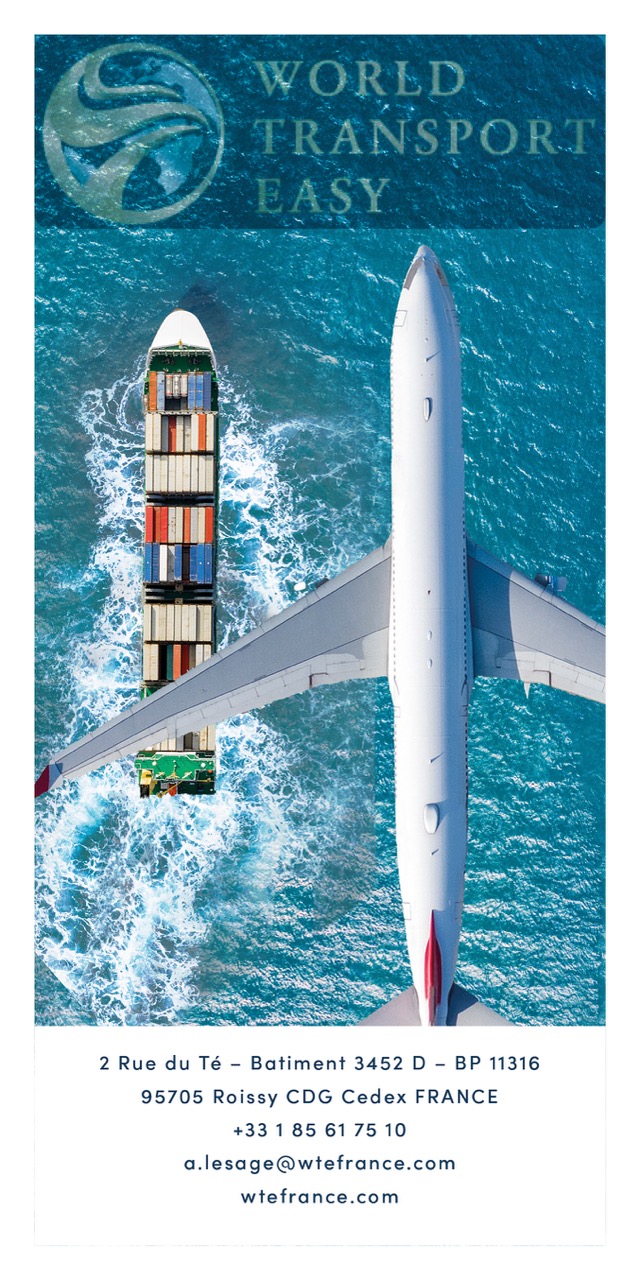As the summer holidays approach, many French people will be embarking on a long journey by car… and in this respect, electric vehicles are often a source of concern… Organising a holiday trip by car requires a great deal of organisation, whether you’re driving a combustion engine or an electric vehicle! So before you embark on those interminable hours on the road, the editors have a few tips to help you prepare for your motorway adventure this summer…
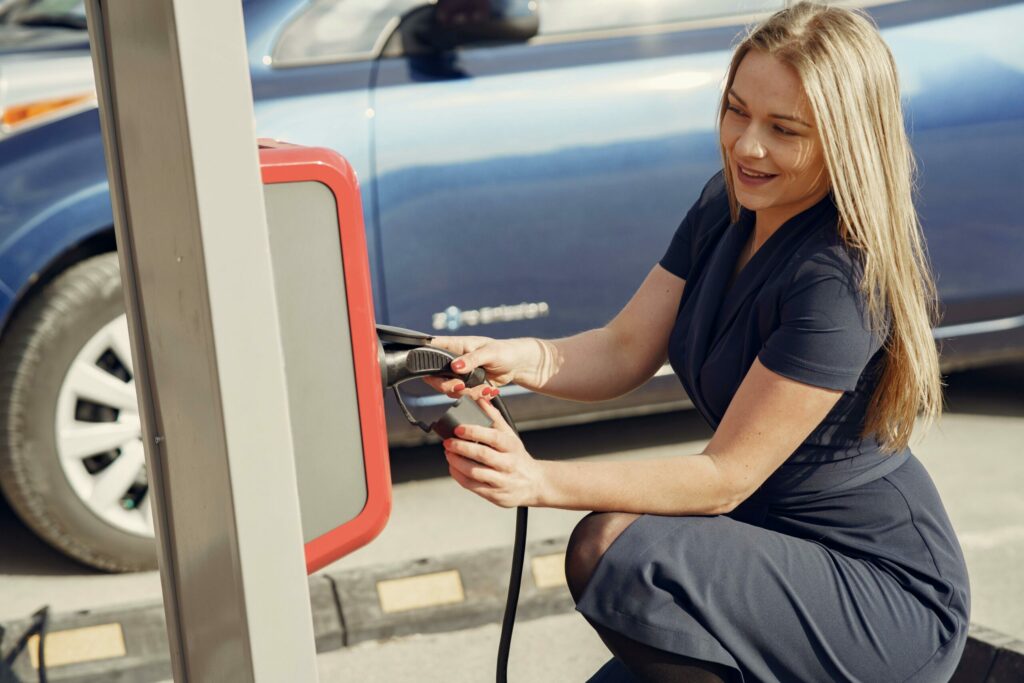
Before setting off, a basic technical check of the vehicle is essential: tyre pressure, the condition of the brake discs, the various lights, the windscreen wipers, the brake fluid levels, etc. These aspects may seem trivial, but all these small items of wear and tear can affect the distance travelled. These aspects may seem trivial, but all these small-scale wear and tear can have an impact on the vehicle’s driving distance. So a well-maintained car means optimum range, and naturally a smoother, more stress-free journey. Speaking of range, the one claimed by the manufacturer remains theoretical… To prepare as well as possible, and to know the real distance that the vehicle can cover, testing it in long-distance conditions is highly recommended. With the boot loaded, the air conditioning switched on, and on the motorway if possible, these are ideal conditions for getting a more reliable estimate of your vehicle’s capacity.
Another essential rule is not to wait until the battery is below 30% before recharging. Some charging points are very popular at peak times. It’s best not to recharge at the last minute, especially when approaching areas with heavy traffic. Also, before setting off, it’s a good idea to look out for the fast-charging stations available along your route. The network has certainly become denser, but it still varies from region to region.
The watchword: organisation
The best way to avoid last-minute detours (or even breakdowns…) is to plan ahead. To recharge without unpleasant surprises, it’s important to find out about the methods of payment at the charging points you identify beforehand. Some of them don’t accept credit cards, or are only available to vehicles capable of accepting particularly high charging power… The risk? Arriving at an unusable fast-charging point with little battery and not enough range to find another…
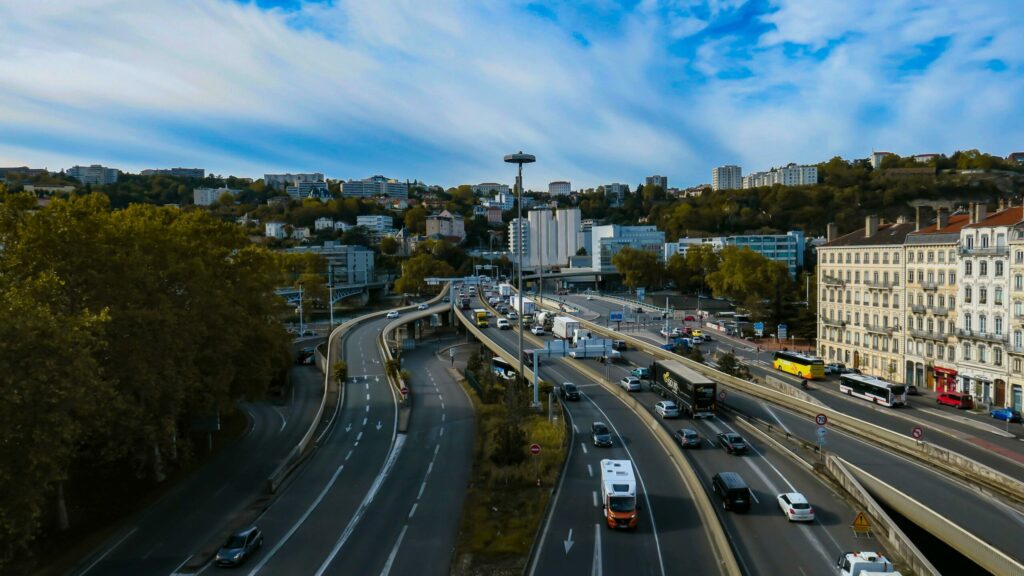
One final point not to be overlooked: remember to take a « Type 2 » cable with you. This European standard is still essential at many charging points, which are not always equipped with self-service cables… In short, there’s one factor above all else: anticipation, so that you can drive, albeit at the mercy of a battery… but relaxed!

